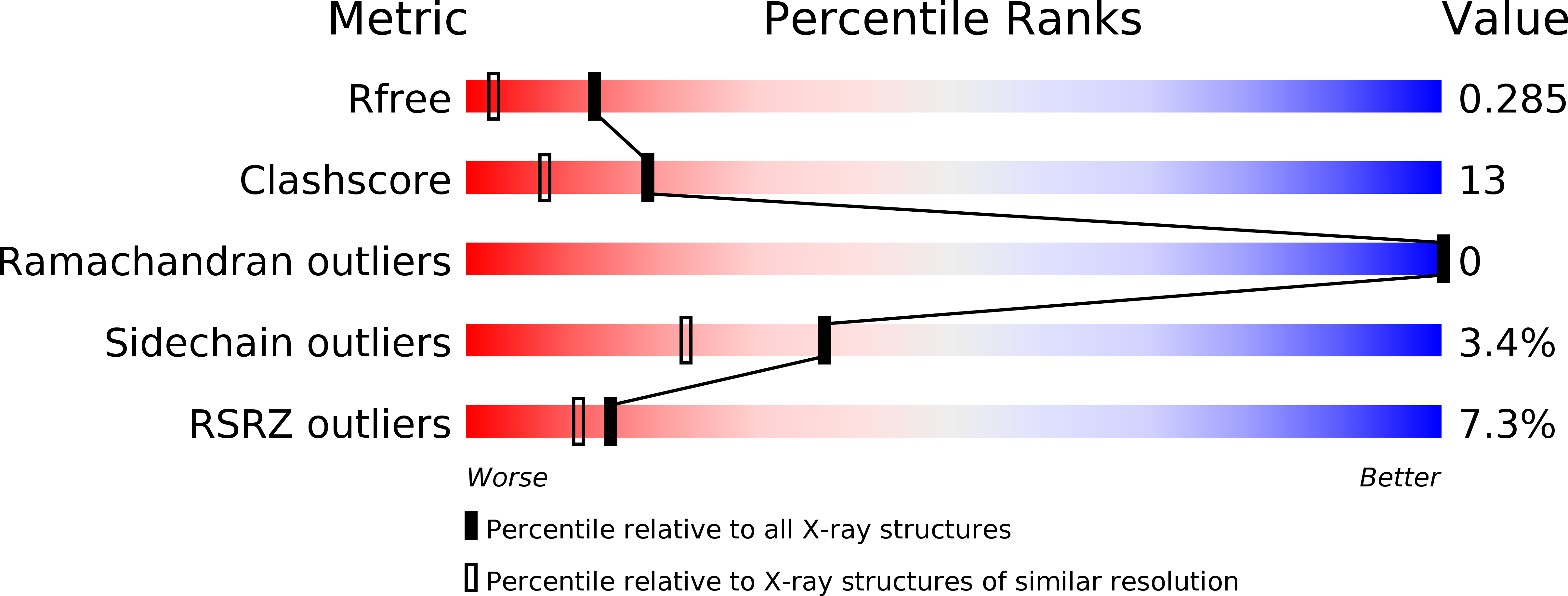
Deposition Date
2011-12-08
Release Date
2012-05-09
Last Version Date
2024-05-08
Method Details:
Experimental Method:
Resolution:
1.80 Å
R-Value Free:
0.28
R-Value Work:
0.22
R-Value Observed:
0.23
Space Group:
P 21 21 21


